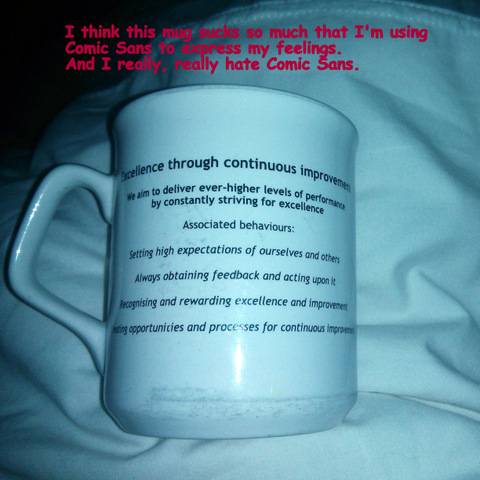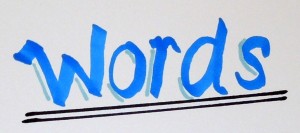I’ve changed jobs again recently (hence the lack of posts – life got rilly rilly busy there for a bit).
Fortunately there have been a few moments of clarity in amongst the chaos. Yoga, swimming and a couple of ‘introvert party nights’ at home with my books have helped immensely and led to these ramblings.
THE ART OF MAKING YOURSELF UNDERSTOOD
I’m a corporate communicator by profession, so it goes without saying that I find words, people, and the ways in which people deliver their words utterly fascinating.
One thing I’ve been mulling over recently is the fact that people tend to assume they’ve been understood, when sometimes this isn’t the case. I’m talking about every kind of interaction here: at the pub with your mates, at home with the kids, round the water cooler and in the boardroom.
A poignant example from my childhood springs to mind. When I was about nine years old I remember my Dad taking my younger brother and I aside. He told us that Mum felt taken for granted and that we all needed stop taking her for granted. Wide eyed and horrified my brother and I agreed to stop doing that immediately. And that was the end of our ‘chat’. Dad returned to his book and we kept on playing. The main thing I remember taking away from the conversation was that I understood it perfectly. Mum was upset and it was because of us. I had no comprehension of what ‘taking Mum for granted’ looked like but, being a Type-A overachieving child, I took it upon myself to do the opposite. I went out of my way to appreciate the hell out of her after that. I thought for hours about how much I appreciated her and said things like ‘Isn’t Mum so cool?’ to my bewildered little brother at least once a day, because I wanted to be Helpful and Appreciative. I think I even drew Mum a dorky picture or something. At any rate it was clear in my little mind that we were absolutely, without a doubt, not taking her for granted anymore. Except we were: when Dad told us off a few weeks later for the same thing I was devastated (sensitive kid, if you hadn’t already gathered).
BE SPECIFIC
And herein lies the challenge of communication. You need to check for understanding – your audience’s interpretation of your words can be wildly different to your own. I used that childhood anecdote not to critique my parents (who are lovely and I do not take for granted, especially when I remember stuff like this!) but to highlight how the best-intentioned conversations can go terribly wrong.
When Dad spoke to us, two specific pieces of information were missing: what taking Mum for granted looked like, and what not doing that looked like. Be specific about what’s currently happening and what needs to be different in future and you’ll get better outcomes in most conversations.
KNOW WHAT YOU WANT OUT OF THE CONVERSATION
I’m guessing the outcome Dad (and Mum!) wanted was for us to pick up after ourselves more – and at the very least thank Mum more when she did do stuff for us. We got there eventually. The older I get the more I reflect on these things.
But at any rate, knowing exactly what you want out of any conversation helps you get straight to the point.
That’s all for today’s ramblings. I’m keen to hear other people’s anecdotes – tell me about a time you totally misunderstood someone!


